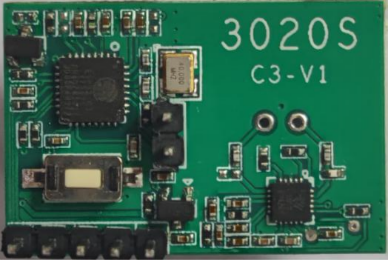Features
The radar module has a long sensing distance, wide angle, no dead zone, and lens and lens aging problems are not affected by temperature, humidity, airflow, dust, noise, brightness, and so on. The rain-filtering leaf algorithm is implanted in the module, which can filter out the false triggers of rain-leaf leaves, with stable performance, and is widely used in many fields such as smart lighting, smart security, and so on.

Packing description
1. The module is packed in a blister box and placed in a blister box;
2. The blister boxes are stacked in a cardboard box according to 10 boxes;
3. The air raid in the carton is filled with instant noodles to reduce transportation abrasion;
4. Air bubble film is placed at the bottom of the carton to prevent abrasion during transportation;
5. The top layer is covered with bubble film and taped to prevent shaking.

Installation Precautions
1. When installing the antenna, avoid metal shells or parts on the front of the antenna, so as not to shield the signal, and allow plastic or glass obstructions, but the obstructions should not be close to the front of the antenna;
2. Try to avoid directing the radar antenna to face large metal equipment or pipelines, etc.;
3. When installing multiple radar modules, try to ensure that the antennas of each radar module are parallel to each other, avoid direct radiation between the antennas, and keep a distance of more than 1m between the modules;
4. The radar sensor should avoid facing the AC drive power supply and try to stay away from the rectifier bridge of the drive power supply to avoid power frequency interference with the radar signal;
5. It is recommended that the power supply driving capability of the radar module is not less than 50mA, otherwise it may cause the sensor to work
6. When installing, ensure that the installation position of the sensor is firm and stable. The shaking of the radar itself will have a great impact on signal processing.
7. When installing, make sure that there is no object movement or vibration on the back of the radar. Due to the penetrating nature of radar radio frequency waves, the signal on the back of the antenna will also pass through the radar board. If there is an object moving on the back, it will also be collected by the antenna, which will affect the judgment effect. A radome or backplane can be used to reduce the impact of objects on the back of the radar.
8. When installing, try to ensure that the radar antenna is facing the area to be detected, and the antenna is open and unobstructed.




